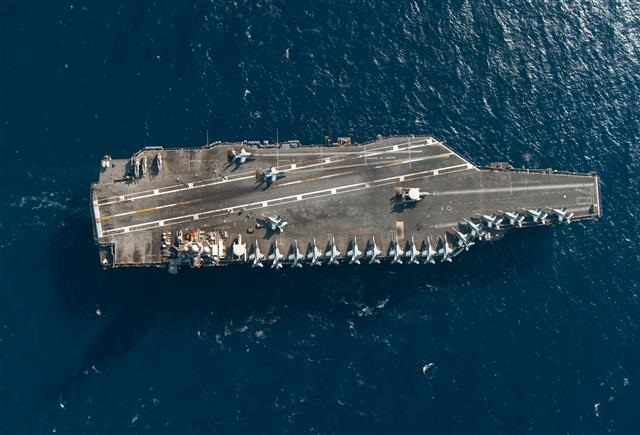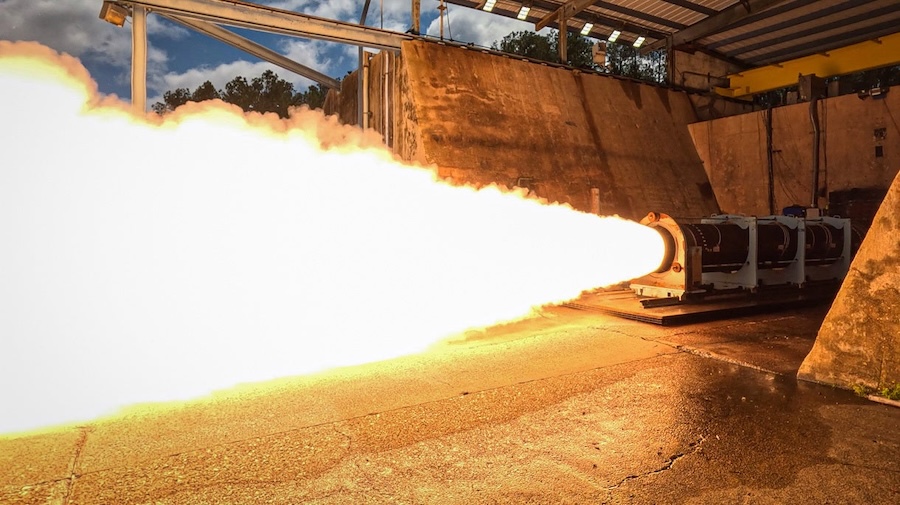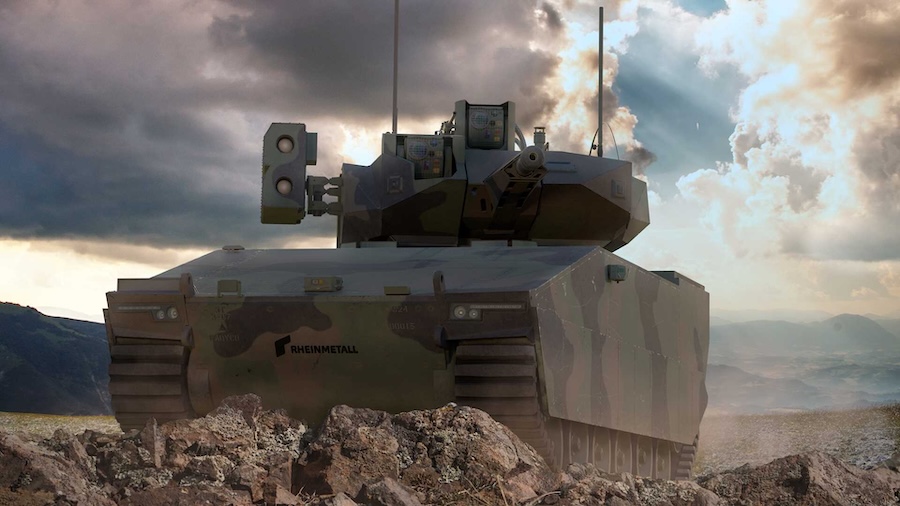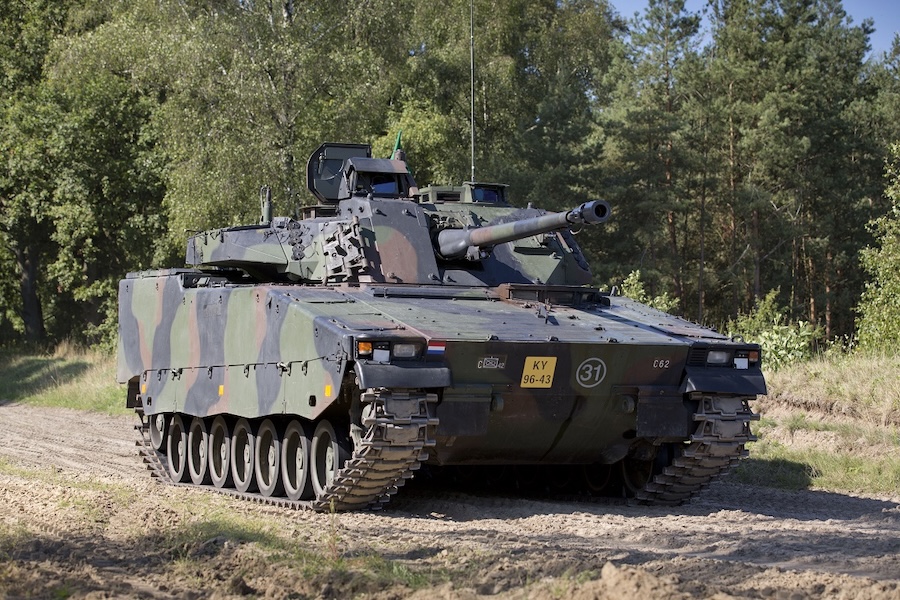The Neptune Strike series is intended to demonstrate NATO’s ability to integrate high-end maritime strike capabilities, reinforce deterrence, and maintain freedom of navigation through vital waterways. It also aims to safeguard strategic maritime chokepoints while testing interoperability across air, land and sea domains.
Led by Naval Striking and Support Forces NATO (STRIKFORNATO), headquartered in Oeiras, Portugal, NEPTUNE STRIKE 25-3 is commanded by U.S. Vice Adm. Jeffrey T. Anderson. The activity includes NATO’s operational control of a Carrier Strike Group and allied naval and amphibious assets.
Participating forces include the U.S. Aircraft Carrier USS GERALD R. FORD, the Turkish Amphibious Assault Ship TCG ANADOLU, the Italian Landing Ship ITS SAN GIORGIO, and the U.S. command-and-control ship USS MOUNT WHITNEY. They are supported by destroyers, frigates, submarines and aircraft from Denmark, Estonia, Finland, France, Germany, Italy, Lithuania, Norway, Poland, Türkiye, Sweden, the United Kingdom and the United States.
Planned operations cover carrier-based air missions, amphibious landings in southern Italy, submarine patrols, surface warfare and a mass casualty drill. The GERALD R. FORD Carrier Strike Group will operate in the North Sea, while multinational task groups conduct coordinated missions in the Baltic and Mediterranean.
Part of Project Neptune, conceived in 2020, the Neptune Strike series highlights NATO’s ability to integrate multinational naval and strike forces at speed and over distance. These activities are long-planned, defensive in nature, and fully compliant with international law.




























